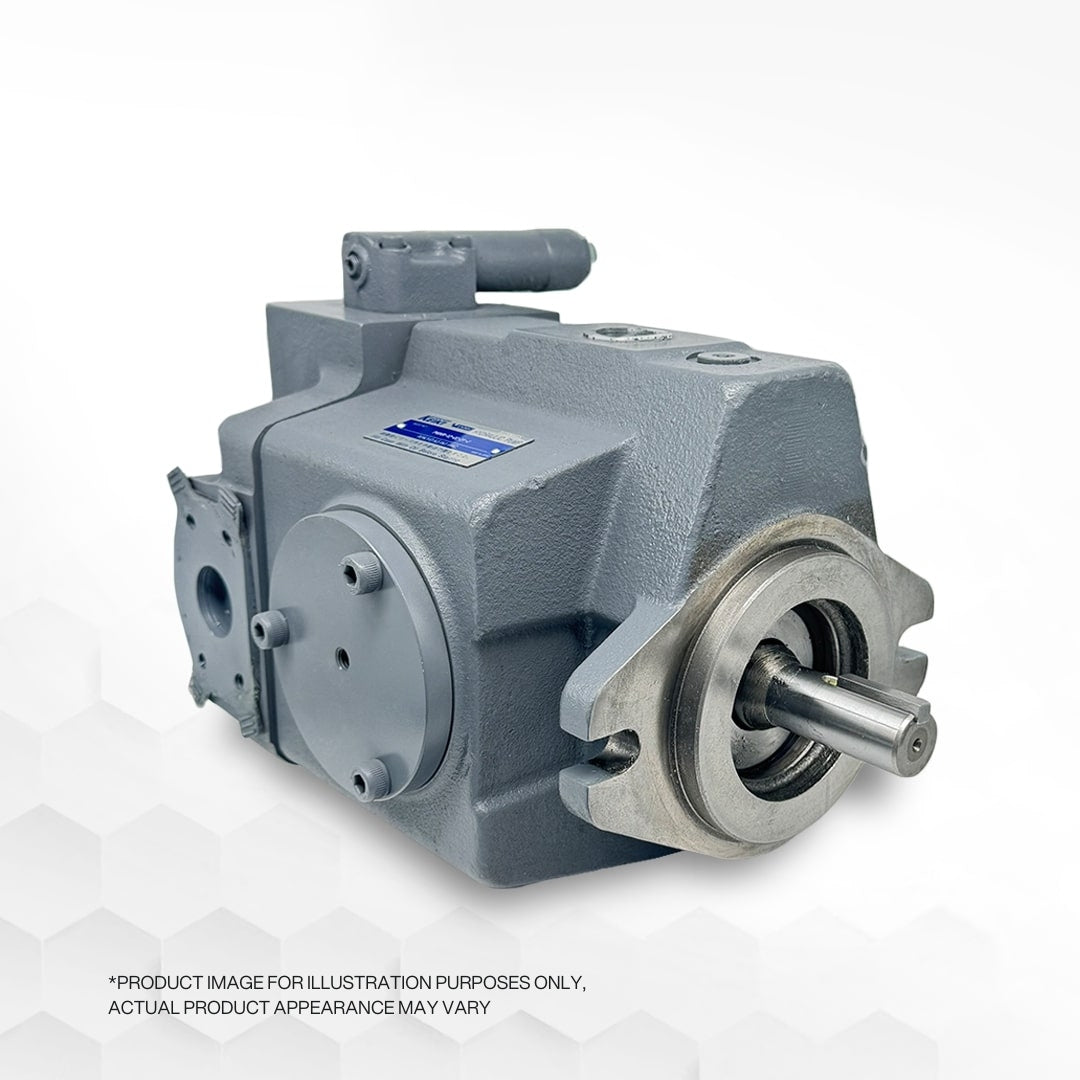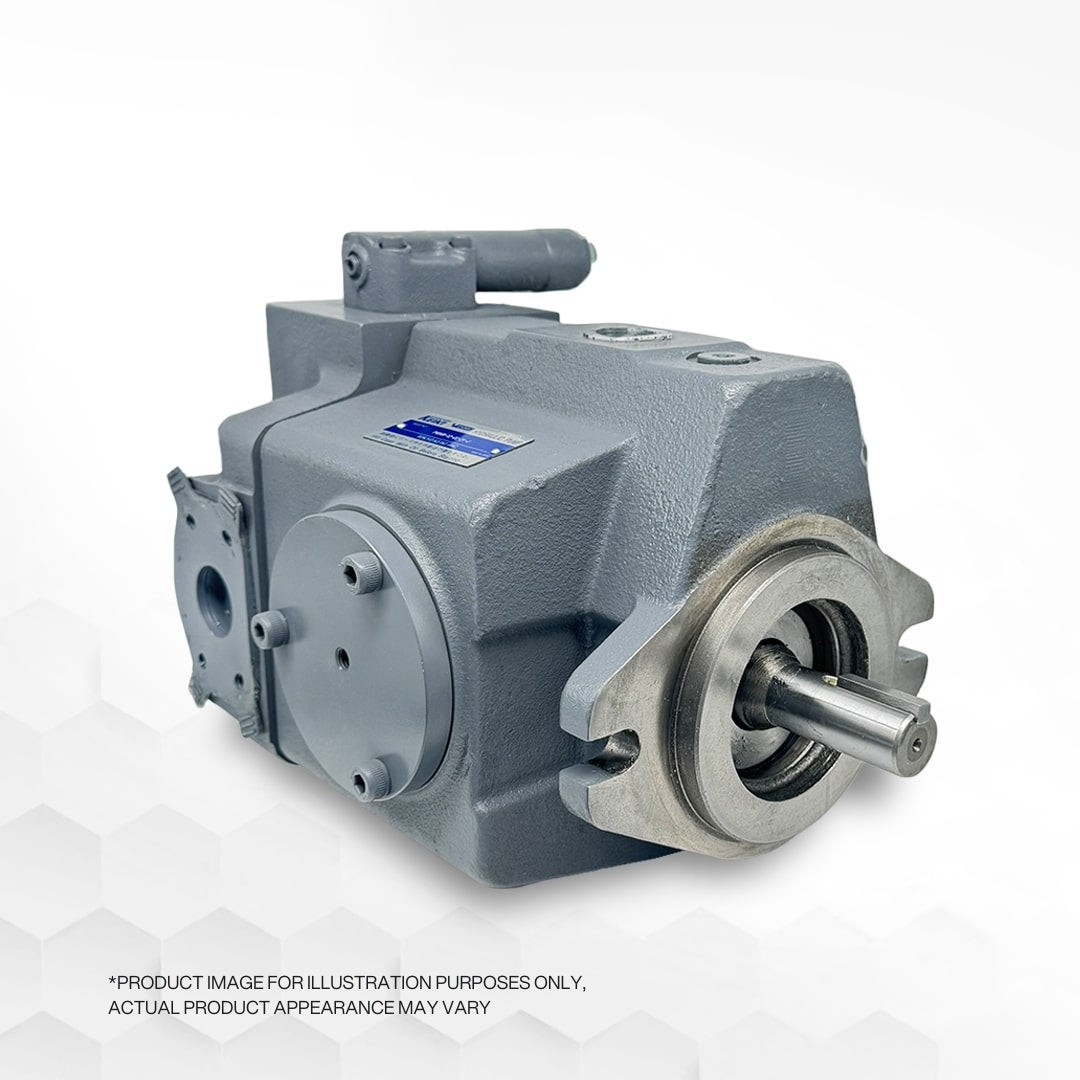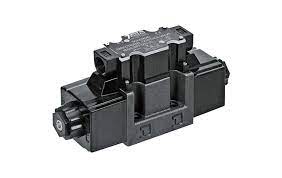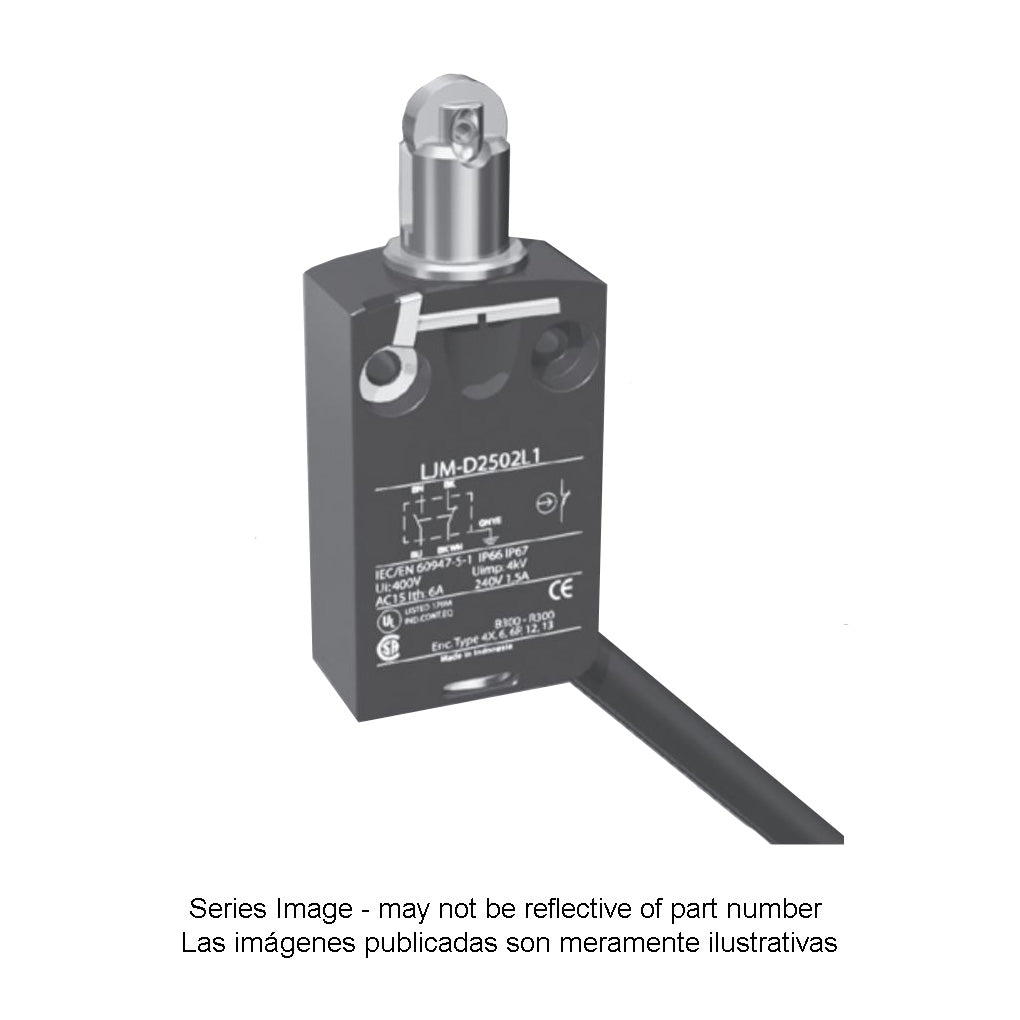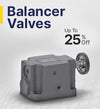
How to Apply Lubrication?
The most common activity performed in components within a plant involves using a grease gun to apply grease. However, despite its frequency and importance, there are numerous opportunities to make mistakes in this process. Some of these errors include overgreasing, undergreasing, overpressurizing, greasing too frequently, greasing infrequently, using the wrong viscosity or thickener, and mixing multiple greases. Avoiding these mistakes is crucial, and this can be achieved by determining the appropriate grease quantity and frequency required for each bearing application.
To determine the correct grease quantity, various variables must be considered, such as the bearing's operating conditions, environmental factors, and physical parameters. The SKF formula method can help in this regard by multiplying the bearing's outside diameter (in inches) with its total width/height (in inches) and adding a constant (0.114 inches) to obtain the grease quantity in ounces. Another useful tool is Noria's bearing grease volume and frequency calculator.
In addition to operating and environmental conditions, other factors should be taken into account, including temperature, contamination types and probabilities, moisture levels, vibration intensity, bearing position, type of design, runtime, and speed (RPM). These factors serve as correction variables, combined with the physical dimensions, to calculate the time until the next grease relubrication for a rolling-element bearing.
In certain situations where the environment is highly contaminated and the risk of contaminants entering the bearing is significant, a purge procedure may be necessary. Purging grease becomes a viable option when the cost of using more grease is outweighed by the risk of bearing failure.
In conclusion, meticulous calculations of grease quantity and relubrication frequency, along with considering relevant variables, are essential to avoid mistakes in lubrication practices. By adhering to these principles, lubrication efficiency and the longevity of components can be greatly enhanced.
